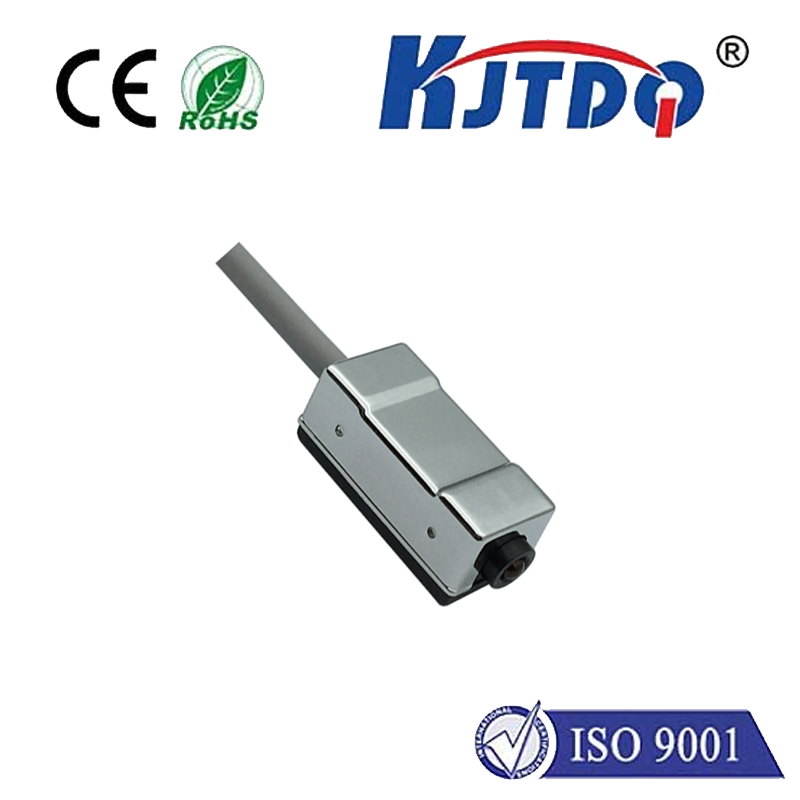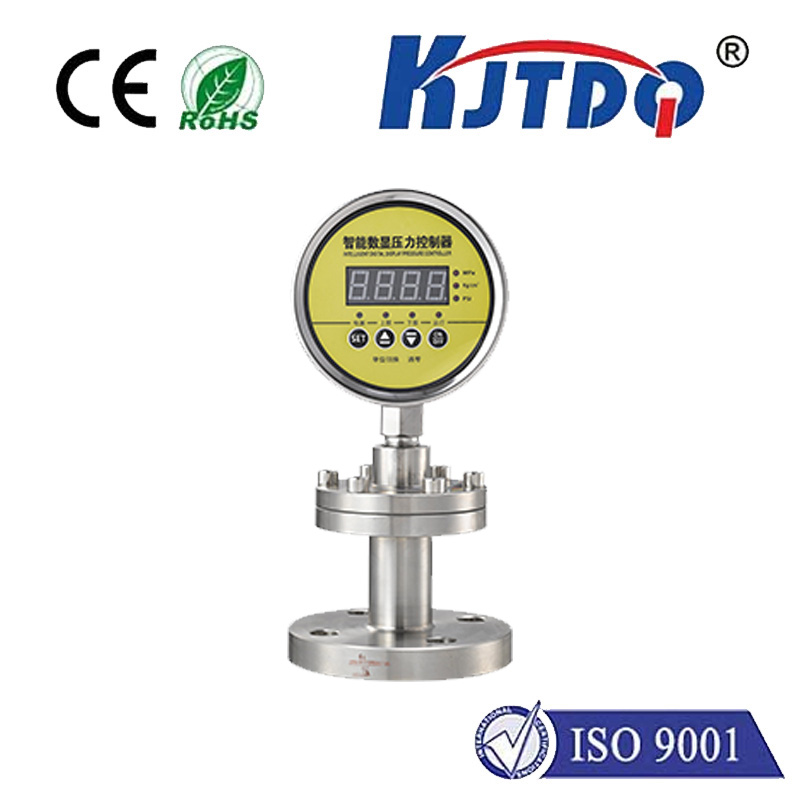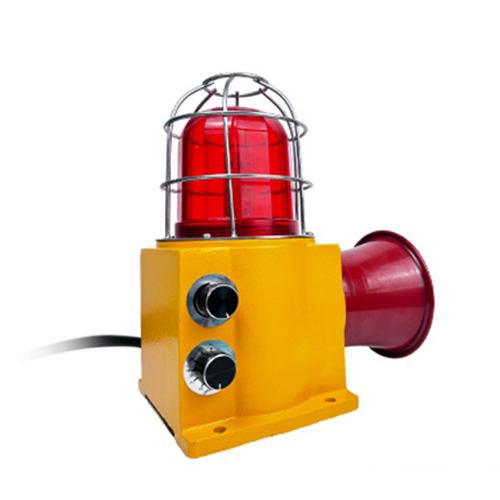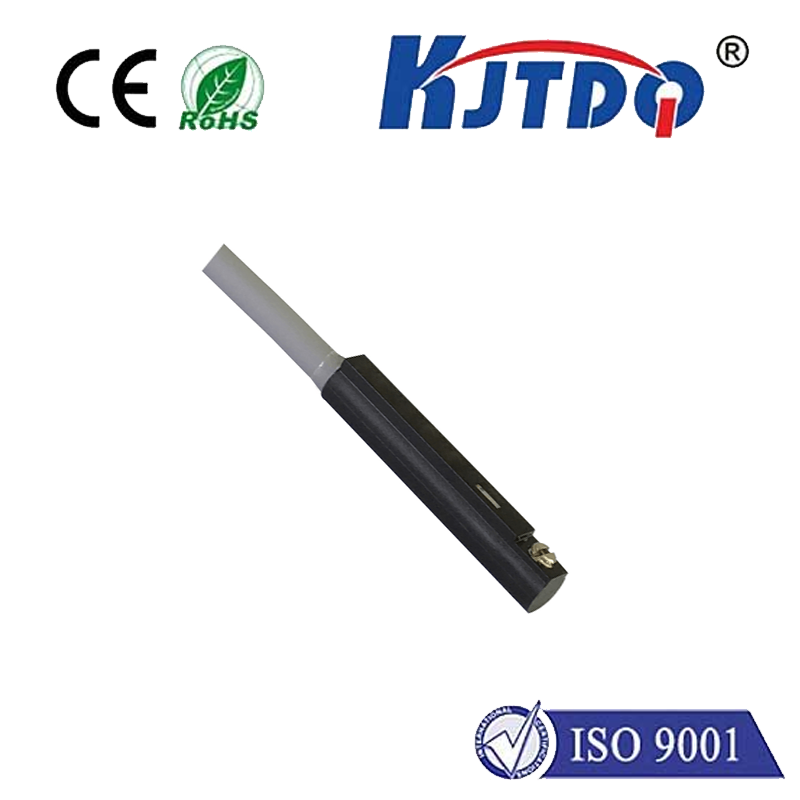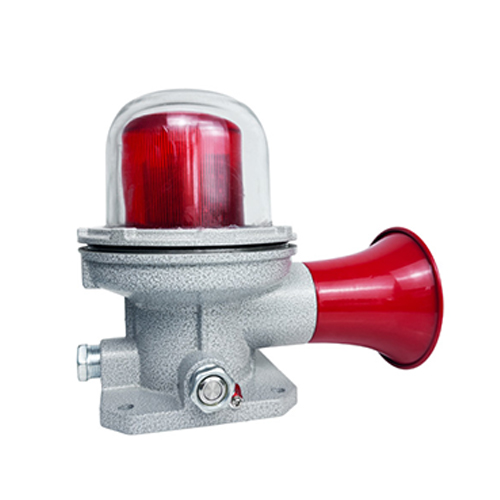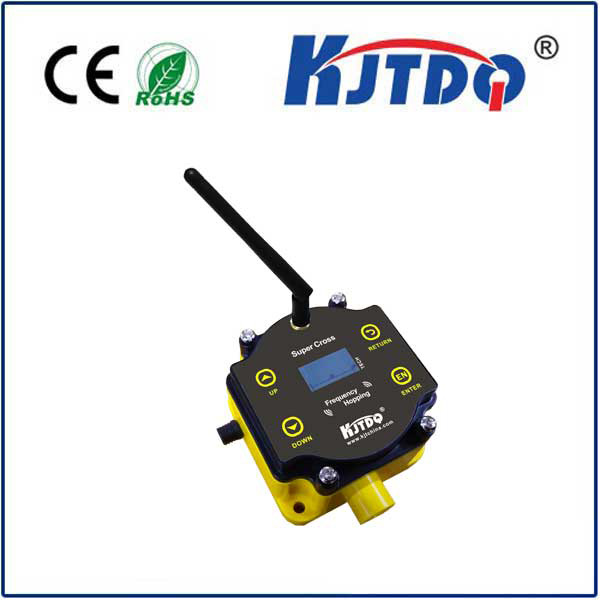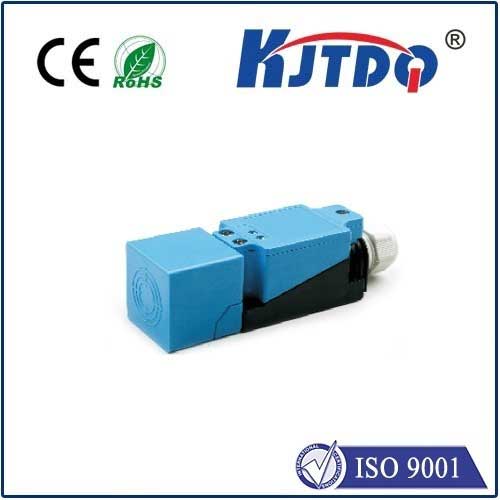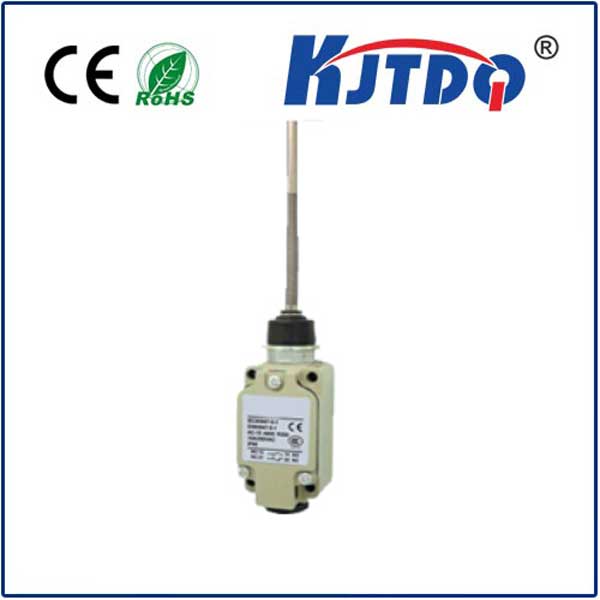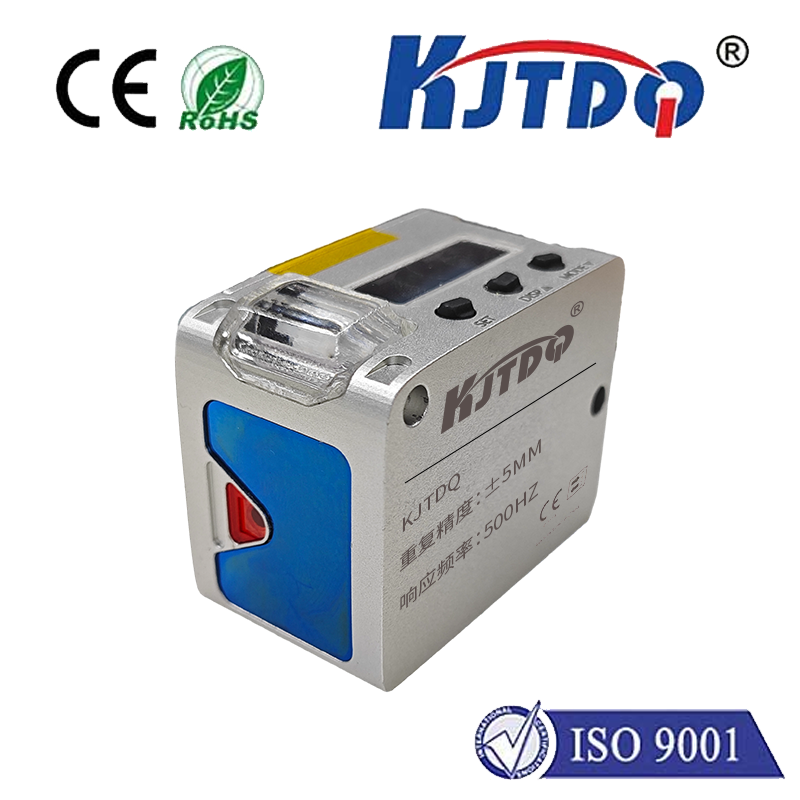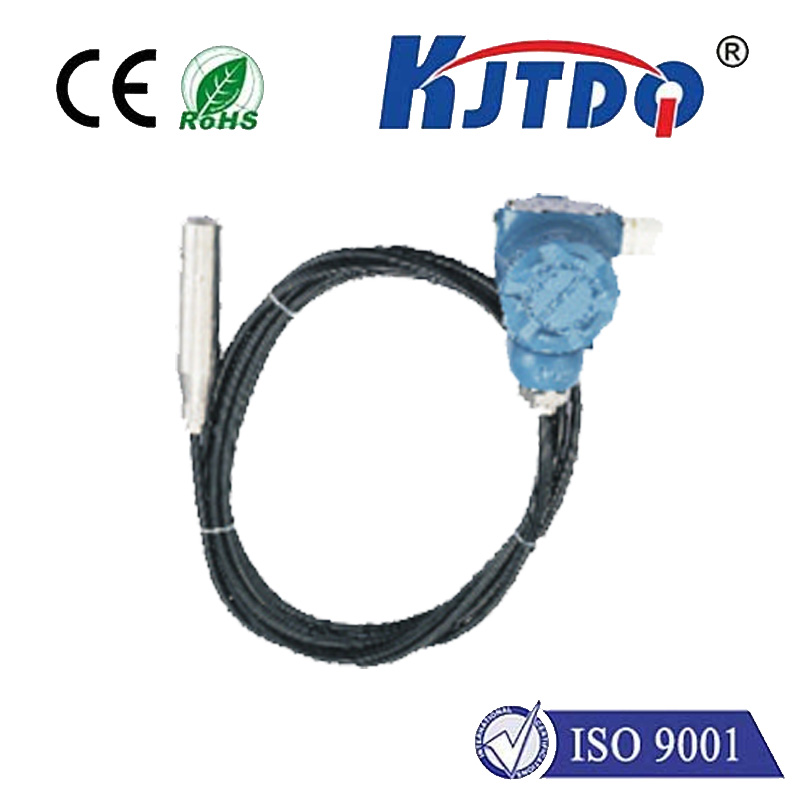electronic pressure sensor
- time:2025-08-22 04:15:03
- Click:0
The Invisible Workhorse: How Electronic Pressure Sensors Power Our Modern World
Look around you. Whether it’s the car you drive, the phone in your pocket, the medical equipment in a hospital, or the factory producing goods, a silent sentinel is likely at work: the electronic pressure sensor. These ubiquitous yet often overlooked devices are fundamental building blocks of our technological landscape, translating the physical force of pressure into actionable electronic data. Understanding what they are, how they function, and where they excel is crucial for navigating countless modern applications.
Beyond the Gauge: Defining Electronic Pressure Sensing
At its core, an electronic pressure sensor is a transducer. It converts the physical phenomenon of pressure (force per unit area) into an electrical signal – typically voltage, current, or a digital output. This differs fundamentally from purely mechanical gauges (like a Bourdon tube), as the electronic output enables integration with control systems, data loggers, displays, and powerful data analytics tools. This electronic nature unlocks automation, remote monitoring, and precise control capabilities simply impossible with analog methods. Accuracy, repeatability, and signal integrity are paramount in their design.
The Heart of the Matter: Core Operating Principles
While diverse technologies exist, certain principles dominate electronic pressure sensing:

- Piezoresistive Effect: The most widespread technology for general industrial and automotive use. Here, a thin diaphragm (often silicon) deforms under pressure. Semiconductor strain gauges (resistive elements) bonded to or diffused into the diaphragm change their electrical resistance proportionally to the strain (deformation). This resistance change, measured within a Wheatstone bridge circuit, produces a measurable voltage output. They offer excellent sensitivity, linearity, and are relatively cost-effective.
- Capacitive Sensing: Involves a diaphragm acting as one plate of a capacitor and a fixed backplate as the other. Pressure causes diaphragm deflection, altering the distance between plates and thus the capacitance. This change is measured electronically. Capacitive sensors excel in applications requiring high sensitivity to low pressures, good stability, and low power consumption (common in medical devices and barometers).
- Electromagnetic/Piezoelectric Effect: Used in specific demanding applications. Piezoelectric sensors utilize materials generating an electrical charge proportional to applied mechanical stress. They are ideal for dynamic pressure measurements (e.g., combustion, blast) but less suited for static pressure. Electromagnetic sensors involve the displacement of a diaphragm altering inductive or reluctance properties.
- Resonant Sensing: Uses the principle that the resonant frequency of a vibrating element (like a wire or quartz crystal) changes with stress induced by pressure. These sensors achieve exceptional accuracy and long-term stability, often found in precision instrumentation and critical aerospace roles.
From Theory to Reality: Pervasive Applications
The versatility of digital pressure transducers ensures their presence across virtually every industry:
- Industrial Automation & Process Control: Monitoring and controlling fluid pressures (air, water, oil, gas, chemicals) in pipelines, tanks, pumps, valves, and hydraulic systems is fundamental. They ensure process efficiency, safety, and prevent leaks or over-pressurization.
- Automotive Engineering: Critical for engine management (manifold absolute pressure - MAP, fuel rail pressure), brake systems, airbag deployment, tire pressure monitoring systems (TPMS), suspension control, and emissions control. They contribute directly to performance, safety, and fuel efficiency.
- Medical Devices: Essential for patient monitoring (blood pressure - non-invasive and invasive, respiratory pressure, intra-cranial pressure), ventilators, dialysis machines, infusion pumps, and diagnostic equipment. Accuracy, reliability, and biocompatibility are non-negotiable here.
- HVAC & Refrigeration: Monitoring refrigerant pressures, airflow, and filter clogging to optimize system efficiency, ensure safety, and maintain comfort levels.
- Aerospace & Defense: Used in altimeters, cabin pressure monitoring, engine monitoring, fuel systems, and weapon systems, demanding extreme ruggedness, reliability, and precision.
- Consumer Electronics: Embedded in smartphones (barometric pressure for altitude/weather), wearables (fitness tracking), and drones (altitude hold, stability). Miniaturization and low power consumption are key drivers.
- Environmental Monitoring: Measuring water level, flow rates, and weather station barometric pressure.
Choosing the Right Sensor: Key Considerations
Selecting the optimal electronic pressure sensor requires careful evaluation beyond just the pressure range:
- Pressure Type: Is it absolute (reference to vacuum), gauge (reference to atmospheric pressure), differential (difference between two points), or sealed gauge?
- Range & Overpressure Rating: The operating range and the maximum pressure the sensor can withstand without damage.
- Accuracy & Stability: How close are readings to the true value, and how does this change over time and temperature? Includes nonlinearity, hysteresis, and repeatability.
- Output Signal: Analog (mV, V, mA) or digital (I2C, SPI, CAN bus, Serial)? Digital outputs offer noise immunity and easier integration.
- Media Compatibility: The sensor’s wetted materials must be compatible with the measured fluid or gas to avoid corrosion or contamination.
- Environmental Conditions: Operating temperature range, vibration, shock, humidity, and potential exposure to harsh chemicals.
- Power Supply & Consumption: Especially critical for battery-operated devices.
- Long-Term Reliability & Lifespan: Crucial for applications where failure risk is unacceptable or replacement is difficult/costly.
Calibration & Maintenance: Ensuring Ongoing Accuracy
Calibration is the cornerstone of reliable pressure sensing. Over time, factors like mechanical stress, temperature cycling, and material aging can cause sensor drift. Regular calibration against a known traceable standard is essential to maintain specified accuracy. The frequency depends on the application’s criticality, environmental conditions, and manufacturer recommendations. Many high-end sensors feature sophisticated temperature compensation circuits to minimize drift over their specified operating range. Proper installation (avoiding stress, ensuring correct port orientation) and protection from media contamination or environmental extremes significantly impact longevity and performance.
The Future: Smarter, Smaller, More Connected
Advancements in pressure sensing technology are relentless. Key trends include:
- Increased Miniaturization: Enabling integration into ever-smaller medical implants and IoT devices.
- Enhanced Digital Intelligence: On-sensor diagnostics, self-calibration capabilities, signal processing, and advanced communication protocols (IO-Link, wireless).
- MEMS Dominance: Micro-Electro-Mechanical Systems (MEMS) technology continues to revolutionize sensor manufacturing, enabling mass production of highly accurate, tiny, and low-cost sensors.
- Material Science Innovations: New materials offering improved performance, wider media compatibility, and higher temperature operation.
- Integration & Sensor Fusion: Combining pressure sensing with other parameters (temperature, flow, position) on a single chip or module for more comprehensive system monitoring.
Electronic pressure sensors, the invisible workhorses of modern technology, will continue to evolve, becoming more sophisticated, connected, and integral to the smarter, more automated, and data-driven world we are building. Their ability to precisely translate a fundamental physical force into the digital language of our machines ensures their indispensable role for decades to come.






